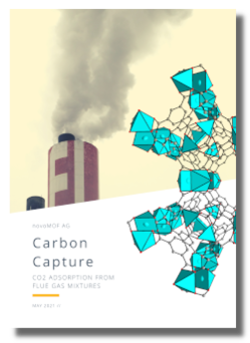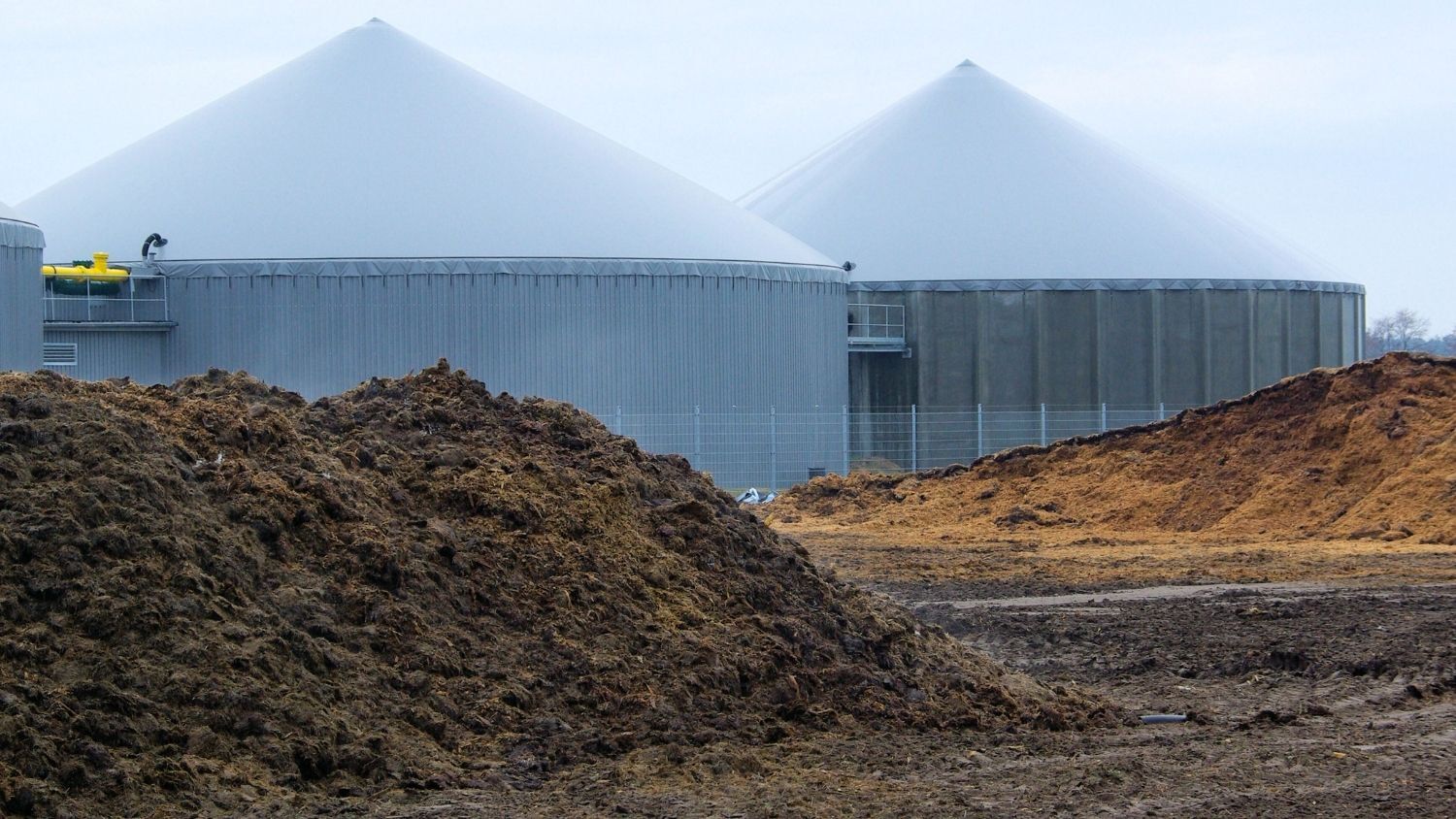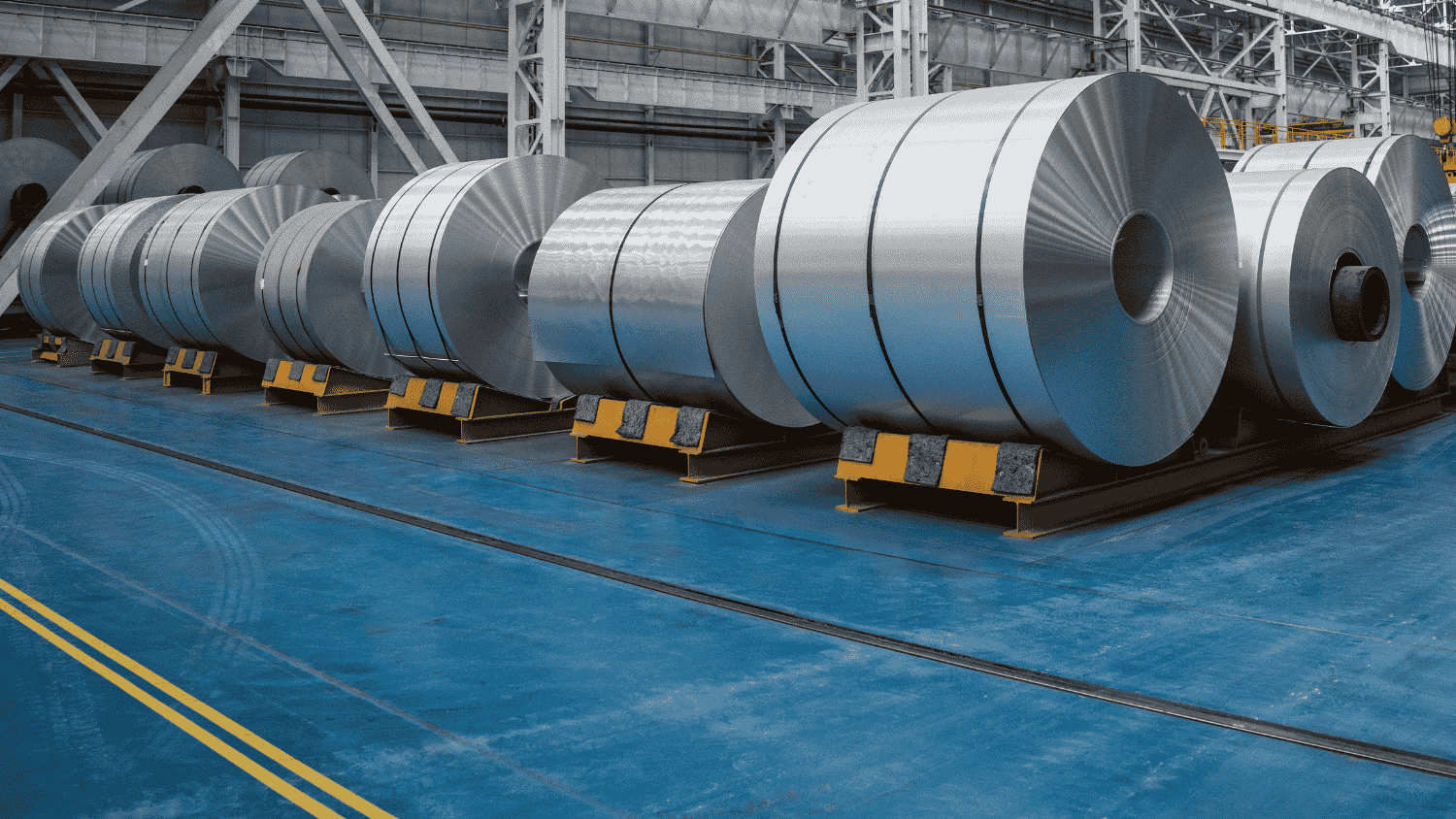To reach the goals of the Paris Agreement, producers have to rethink the way of producing goods in order to eliminate waste and continuously use available resources. This includes reuse, refurbishing and recycling of no-longer used products completely and therefore minimising resource input. To reach a true circular economy, several challenges need to be addressed with innovation – and novel materials could step in.
While circular economy is a broad approach of reusing materials rather than disposing them after the end of lifecycle, several challenges appear at execution level. This includes the complexity of existing production systems and the potential need for more energy-efficient production machinery, as well as cultural issues that could oppose circular economy. To tackle the engineering-related challenges, innovation is needed – in production, refurbishing and recycling methods as well as in materials themselves for long-term use.
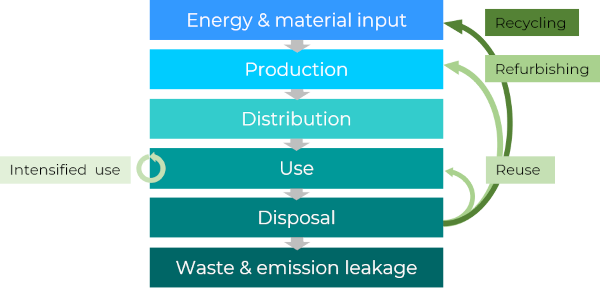
Metal-Organic Frameworks (MOFs) are relatively new porous materials offering advantages in a wide variety of applications - from gas capture and purification to synthesis and even pharmaceutical use. Their highly ordered nature and the ability to change the components of the frameworks and the metal centers allow control over pore size and shape. Post-synthesis modification increases the tailoring of the chemical functionalities of MOFs.
Bringing innovative materials and circular economy together
There are various approaches around circular economy from, reducing waste to designing the end-of-lifecycle into the product by using bio-degradable materials. In a similar way, our metal-organic frameworks can offer new routes to reusing and recycling products that have reached end of life-time or even recycle our MOFs into other, valuable resources.
In the following paragraphs, we’ll highlight a few selected examples - from the application of these materials in existing processes as well as the environmental impact they have during manufacturing, use and recycling.
MOFs for circular economies
The unique properties of MOFs allow circular applications, that required a lot of energy or weren't even possible beforehand. These mainly focus on recycling of waste and intensive use of the materials in contrast to comparable adsorbents.
Recycling: Capturing CO2 and converting it into fuel
The current level of CO2 emissions is one of the most pressing topics in the Paris Agreement, which has sparked a wide range of developments in that field. From reducing emissions by improving efficiency to capturing the emitted carbon in different manners.
 A commonly used method to capture carbon from flue gas emissions is amine scrubbing, which could be replaced with better alternatives. Recently, the first CO2 capture process based on MOFs have been launched into large-scale proof-of-concept operations. Their selective adsorption, stability and ease of regeneration allows for long-term, sustainable operation to reduce emissions over commonly used processes. Find out more in our case study on Carbon Capture.
A commonly used method to capture carbon from flue gas emissions is amine scrubbing, which could be replaced with better alternatives. Recently, the first CO2 capture process based on MOFs have been launched into large-scale proof-of-concept operations. Their selective adsorption, stability and ease of regeneration allows for long-term, sustainable operation to reduce emissions over commonly used processes. Find out more in our case study on Carbon Capture.
To achieve the Paris goals, long-term capture and sequestration of CO2 (e.g. underground storage) is required. Nonetheless, part of the captured CO2 could be recycled in a circular manner, by converting it back into a fuel source like methanol or methane using MOFs. While this requires energy, the energy is stored as liquid fuel and could offer mobility solutions of the future.
Longer, intensive use: Using excess heat for energy recovery
The overall energy consumption is increasing and subsequently, the energy-production related emissions are a critical factor to reaching a sustainable future. To counter rising energy consumption, latent energy such as heat from industrial and consumer products should be recovered and reused. Thermally driven heat pumps can help reduce primary energy consumption in industrial and home-use heating or cooling processes and thus reduce related greenhouse gas emissions.
In heat pumps, latent heat is used to evaporate or adsorb coolants such as water under specific conditions. The efficiency of the process is governed by the properties of the adsorbent materials, namely porosity, water uptake and stability in thermal regeneration cycles. Traditional adsorbents have been investigated for this purpose, but they lack the required properties. However, metal-organic frameworks characteristically feature these properties.
MOFs have reached a level of cycle stability, that the application of MOF-based heat pumps is in reach. This could save a large amount of energy in places such as private kitchens as well as industrial cooling and heating.
Recycling: Turning bio-waste into chemicals and fuels
 MOFs have proven to be highly efficient for gas separation and purification processes, decreasing energy consumption while offering high purity. Conventional gas separation processes like cryogenic distillation are efficient in certain conditions, besides their high energy consumption. These conditions are mainly large volumes of gas that need to be separated into their components.
MOFs have proven to be highly efficient for gas separation and purification processes, decreasing energy consumption while offering high purity. Conventional gas separation processes like cryogenic distillation are efficient in certain conditions, besides their high energy consumption. These conditions are mainly large volumes of gas that need to be separated into their components.
The production of biogas, however, is scattered over the country side, as land fills are close to the companies providing the waste. A decentralized, efficient solution just like Terragr’eau is required – something that tailored MOFs for gas separations could solve.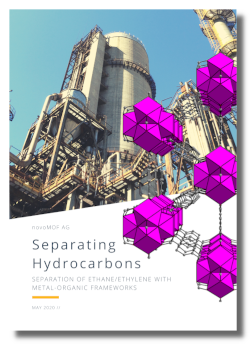
Furthermore, bio-waste can be recycled into fertile soil through natural degradation, or upcycled into chemicals using catalysts. While zeolites have been used in these catalytic processes, the application of MOFs could further increase the efficiency. If you want to know more, head over to our blog article on bio-waste to fine chemicals.
Increasing efficiency: Reducing energy consumption with MOFs
In contrast to strongly bonding chemisorbents, MOF rely on physisorption. As physisorption bonds molecules less strongly to the surface of the MOFs, it also reduces the energy required for regeneration.
The ease of regeneration of MOFs offer numerous opportunities for a low-energy alternative to existing adsorbents and catalysts. Coupled with high cycle stability, this makes for long-term solutions rather than frequent replacement or replenishment.
MOFs – building and recycling in a sustainable manner
For any industrial application, a lifecycle analysis is highly valuable and MOFs could prove very useful to reduce the current footprint of some industries. As mentioned above, their performance is stable over thousands of cycles. Furthermore, MOFs can be synthesised from waste materials or from edible sources, designed to degrade in a natural manner or upcycled into valuable nanoparticles or polymers.
The starting materials for MOFs are diverse, but can be categorised in metal centers and organic linkers. While these two building units need to be in a certain chemical form, several starting materials can be used.
 The metal ions can be purified from metal waste (e.g. coke cans, or scrap metals like iron, aluminium, molybdenum etc.) and dissolved in acids to act as a starting materials. In very specific applications, the MOFs could even grow on aluminium surfaces using electrochemical synthesis. Depending on the application of the end-product, this would even reduce the recycling efforts needed and further reduce the overall carbon emissions.
The metal ions can be purified from metal waste (e.g. coke cans, or scrap metals like iron, aluminium, molybdenum etc.) and dissolved in acids to act as a starting materials. In very specific applications, the MOFs could even grow on aluminium surfaces using electrochemical synthesis. Depending on the application of the end-product, this would even reduce the recycling efforts needed and further reduce the overall carbon emissions.
DePoly, a spin-off of EPFL Lausanne, recycles PET bottles in a low-cost low-energy approach into terephthalic acid (TPA) and mono ethylene glycol (MGA). TPA is a commonly used linker in MOF chemistry, and we have used their TPA in some of our MOFs already.
A MOF based on aluminium and TPA is MIL-53 (Al), which can be used in carbon capture. We can thus make MOFs that capture CO2 emissions from Coca Cola cans and bottles.
If we want to work towards a circular economy, the development of materials tackling current shortcomings is highly relevant. With MOFs we can design a more sustainable future by reducing energy consumption, (re)cycling CO2 and other materials in a value-adding manner and overall limiting our carbon footprint.

